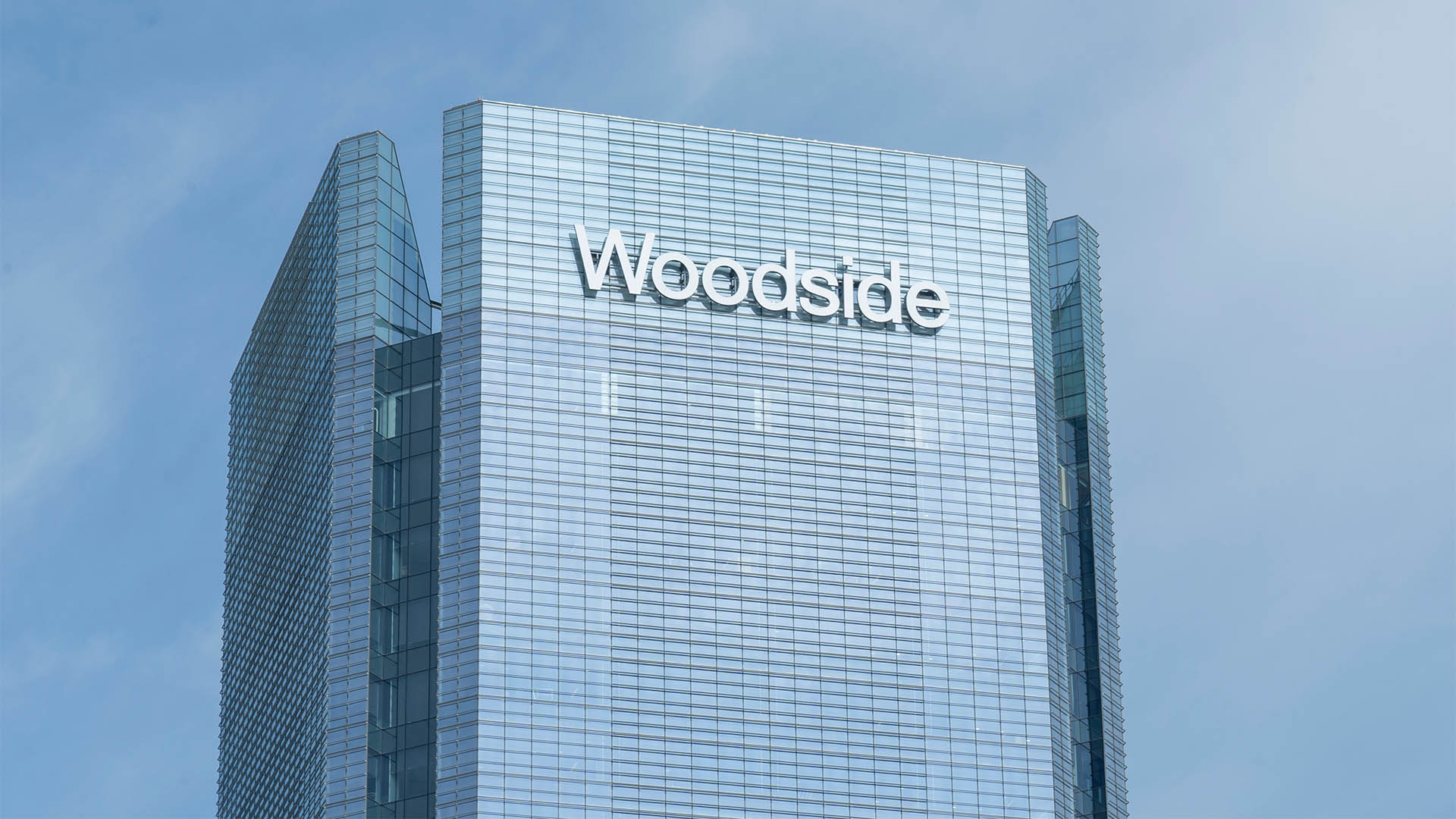Most comment claims that Payless Shoes, the Australian budget footwear retailer, went belly up last December, was due entirely to the malaise in the local retail market. And while there is some merit in that explanation, what then do we make of the news this week that its US parent, Payless ShoeSource has just had a similar experience. But the US arm will survive because America has much more flexible (for debtors and creditors) bankruptcy laws.
The St Louis-based parent — which is owned by private-equity firms Golden Gate Capital and Blum Capital Partners — filed for Chapter 11 protection on Tuesday in a US Bankruptcy Court in Missouri. It said it has assets of between half and $US1 billion and debts of between $US1 billion and $US10 billion. It blamed the current weak retailing climate in US that has hit mall based retailers much harder than standalone operators.
Driving this has been the weak US wages growth, the rise of the gig economy and part time wages, the continuing expansion of online retailers (not just Amazon which is the easy bogeyman), and a fall in fashion-based purchases by US women which is being repeated in Canada, the UK, across western Europe and in Australia.
That has seen the so-called category killers like H&M, Zara, Primark and others hit hard as sales growth slows or stalls, and earnings slump. Upmarket retailer Ralph Lauren overnight Tuesday took the axe to costs, announcing it was closing its flagship 5th Avenue store in New York City.
Payless says that it will immediately close nearly 400 underperforming locations across the US and Puerto Rico while it cuts its debt load and raises new capital. The company says it plans to focus on expansion in Latin America and other international markets (but clearly not Australia) and expanding omnichannel (bricks and mortar and online) options.
Payless’ Australian operations were bought by the US company in March 2013, which saved the Australian business from administration. But that lasted just over 3 years before the local arm went into administration and then was killed off by the administrators last December.
What’s interesting is that the US company also blamed the retail malaise in that country for the collapse – an echo of the complaints in Australia from Payless management, the administrators and other retailers.
“This is a difficult, but necessary, decision driven by the continued challenges of the retail environment, which will only intensify,” Payless chief executive W. Paul Jones said in a statement.
“While we have had to make many tough choices, we appreciate the substantial support we have received from our lenders, who share our belief that we have a unique opportunity to enable Payless — the iconic American footwear retailer with one of the best-recognized global brands — to remain the go-to shoe store for customers in America and around the globe.”
Payless said it has secured $US385 million in debtor-in-possession financing, that will allow it to tap up to $US120 million in working capita to keep operations ticking over while it restructures. In addition to the US Chapter 11 proceedings — which include Payless’ North American entities, along with two Hong Kong-based entities — it is also seeking recognition of those proceedings in an Ontario court in Canada.
Payless is the latest of a growing list of mall based US retailers that have fallen into bankruptcy recently, as digital rivals gain ground. In January, women’s apparel chain Limited Stores Co sought Chapter 11 protection, while Wet Seal, another mall retailer catering to teens, also entered bankruptcy in February.
American Apparel finally went bust last year. Goodman’s Stores, a discount department store chain in Nebraska collapsed last month and will be liquidated, not saved lie Payless intends doing.
Sears is the largest US retailer considered to be on the brink of collapse. It also owns Kmart and has been selling assets to stay in business, but directors warned for the first time in March that there is growing doubt about its viability.
Sears are closing 150 stores, Macy’s another big US retailer, 100, JC Penny (another struggling department store group), 140, Guess, 60, Abercrombie and Fitch, 60, American Apparel, 110, Radio Shack, 550 (its in Chapter 11 for a second time).
All up over 1,000 store closures have been announced by more than a dozen US retailers this year because of weak sales, bankruptcy, or sliding profits. Most are in shopping malls and it is why the shares of Westfield Group haven’t been strong performers so far in 2017 on the ASX
It makes you wonder if Payless, plus other local retail chains, such as Pumpkin Patch, Dick Smith, Howard’s Storage, David Lawrence and Marcs and the Master’s hardware operations of Woolworths could have been saved by under the smarter US laws.
Instead once sale options had been exhausted, the local chains were buried quickly and the assets sold for a pittance and creditors got next to nothing and thousands of jobs lost.













